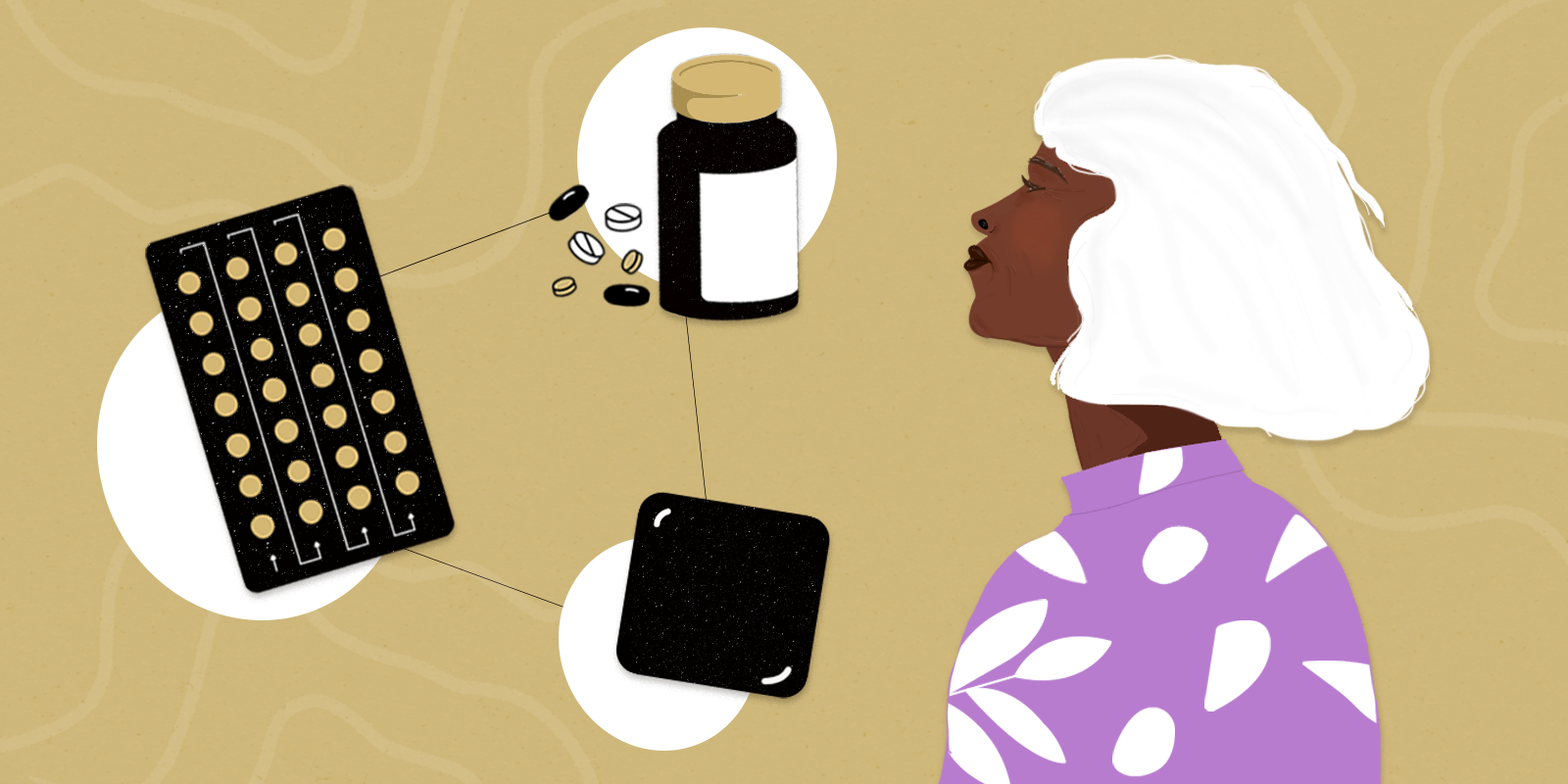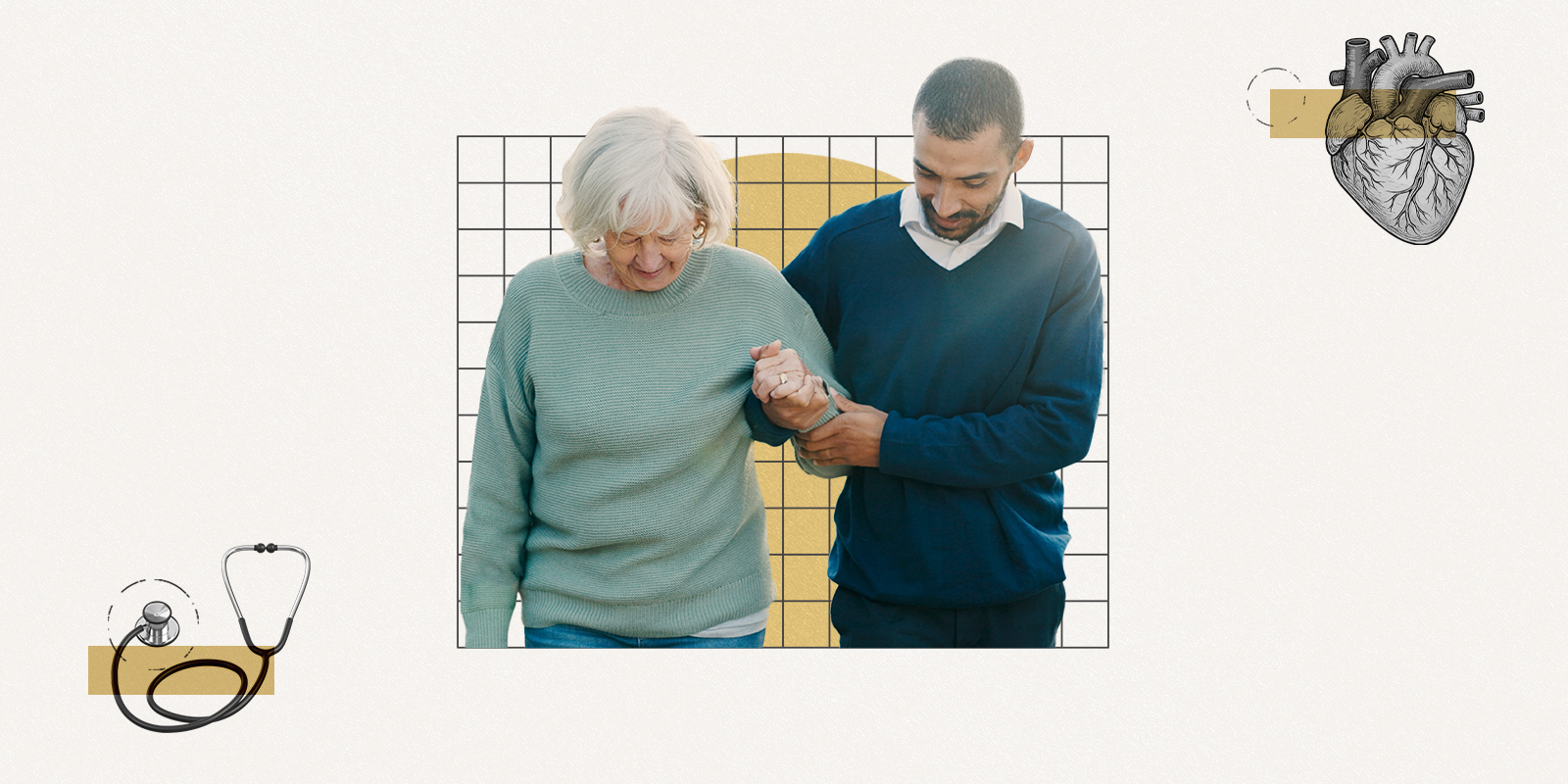A black eye on hormone therapy (HT) lingers two decades after researchers halted the HT arm of the largest-ever U.S. women’s prevention study in 2002. The news of an increased risk of breast cancer ignited a massive media response, scaring millions of women and their doctors away from HT and nearly delivering the menopause treatment a knockout punch.
However, years of follow-up data from the landmark Women’s Health Initiative (WHI) that ran from 1991 to 2005, show that the tale isn’t nearly as frightening as initially perceived. With over 160,000 participants and 2,400 published papers of post-hormone therapy follow-up, the WHI has offered a clearer portrait of HT risks and benefits.
“Unfortunately, it was taken by many women and providers as: Oh gosh, hormones are bad,” said Nanette Santoro, MD, professor and chair of the Department of Obstetrics and Gynecology at the University of Colorado School of Medicine. “When, in fact, for women who are in the throes of the menopause transition (perimenopause) – which we now know is when they have the most symptoms – hormones can be very useful.”
Important study changes face of menopause care
“A lot of women probably suffered out of fear and just struggled through it,” Santoro said of women who underwent the menopause transition after the initial 2002 WHI reports and ensuing media response. Many doctors abruptly stopped prescribing HRT, costing women a generation of providers who know how to treat menopause, Santoro said.
Prescriptions for HT drugs dropped more than 70% between 2001 and 2008, from 112.2 million to 31.8 million.
Santoro and Neill Epperson, MD, professor and chair of the Department of Psychiatry and senior faculty researcher at the Ludeman Family Center for Women's Health Research, routinely see women from across the country who come to the CU Anschutz Medical Campus for care.
“It could be a judge in Atlanta, a teacher in Kalamazoo, a nurse in San Francisco,” Epperson said of women who indicate that they are “distressed” by menopause-related symptoms their doctors cannot seem to address.
Many women complain of cognitive issues so severe they are threatening their long-held careers, Epperson said. Sleep difficulties common during the menopause transition can negatively impact cognition and mood, complicating symptom assessment, she added.
Surveys suggest one in 10 women leave their jobs because of menopause symptoms and that nearly a quarter of women cut hours or consider abandoning careers during the transition.
“We cannot afford to lose high-functioning women out of the workforce or have them reduce what they’re doing because they have conditions that are treatable,” Santoro said.
“And these symptoms can be treated,” Epperson said. “It is a shame that many women are not receiving the kind of information and care that they deserve,” Epperson said.
Good treatment requires a balancing act
A greater understanding of hormone therapy, combined with a growing array of non-hormone treatment options, has initiated a changing picture of care for menopausal women. While there are some important risk factors for HT, it can be the best option for otherwise healthy patients, especially when given early.
“You are balancing the symptoms that you have with what could be a potential risk,” said Epperson, who has had women who were not responding to other therapies for such deep depression that they opted to try HT even with a risk factor while they worked with Epperson on finding other options.
For a sleepless 45-year-old mother struggling with significant mood swings who has no risk factors, health effects of HT are minimal to non-existent when given for a few months or years, studies suggest. For her, the wellness the therapy could afford during a prime time in her life could tip the scale in favor of trying hormones.
“But I also want to be very clear: Hormone therapy is not a panacea,” Epperson said.
“We’ve been able now to look in retrospect at the WHI data and say, ‘Hey, there was not an increase of breast-cancer related deaths. There was not an increase of any kind of all-cause mortality between these groups.’ We can look at that and go, ‘Oh, that’s actually very reassuring.’ But that doesn’t mean that we should just run out and give everybody an estrogen patch,” she said.
|
Risk factors for HT include:
|
“I treat each woman as an individual who has unique needs during this important and frequently troublesome transition in reproductive life. For some, a traditional antidepressant or cognitive modulating medication may be critical, but for many, I will try HT first and then re-evaluate,” Epperson said. “I also don’t start with tiny doses of HT because I want to see whether HT is going to be helpful or not.”
‘You are not marrying the hormones’
With medical schools still downplaying menopause care, and an anti-hormone attitude lingering, women who could benefit from HT are sometimes being talked out of it, even inadvertently, by doctors who are uncomfortable prescribing hormones, Santoro said.
“Clinicians have been made very aware of risks of HT, and so they start frontloading the conversation because they want to be responsible, saying there’s a risk of breast cancer, a risk of blood clots, a risk of this, a risk of that. And it’s like: Wait a minute. This person hasn’t even put a hormone in her mouth or applied a patch to her body, so she has no idea what the benefit will be for her,” Santoro said.
“I tell patients: ‘You are not marrying the hormones,’” Santoro said. “‘Date them for three months. There is almost no risk to you, just like you don’t have to go steady. And then when you come back, you tell me what the benefits are and then we can talk about the balance.’ But when you’re just talking risks, there is no balance.”
Menopause symptoms last an average of seven years (although about 15% of women suffer from symptoms for the rest of their lives).
|
Did you know?
|
The original WHI study included an estrogen-only cohort (where no increased risk of breast cancer was observed) and a progestin-and-estrogen cohort (which showed the breast-cancer increase) and ran for seven years. (Its chief goal was to confirm a protective effect against heart disease, which it did not find.)
The long-term follow-up data suggested no overall increase in all-cause mortality, said Santoro, who was a participating physician in those original trials. “In the pooled trials, when you put both the estrogen-plus-progestin and estrogen-only groups together, you even see a little decrease in mortality risk in women in that 50- to 59-age group," she said.
“But the research also suggests that HT tends toward crossing the line toward harm as women get older, so it is not a good idea for a life-long treatment. What this tells us is that this relatively short intervention with hormones may be beneficial for women in their 50s, seems utterly neutral for women in their 60s, and may hurt you in your 70s.”
‘Keep going until you get what you need’
Work such as Epperson’s and Santoro’s remains critical for educating women and doctors about an issue that affects every woman and belongs at the fore of research and healthcare, Epperson said. While there are women who can experience these drops in hormones and not have a problem, years of data are clear: There are many others who can be severely affected.
“Not every woman gets depression when she goes through perimenopause, just like not everybody gets postpartum depression. But we do know that there is a sizeable group of women for whom perimenopause will herald clinical depression, anxiety and even psychosis,” Epperson said.
“They are not just being hysterical. They are suffering from changes in their hormones and the brain that unmask their risk for depression, anxiety, psychosis and even cognitive difficulties. The brain effects of estradiol and progesterone are just that powerful.”
Doctors have a wide dosage range to work with to keep HT at the safest level possible and a growing list of other treatment options to try first, said Santoro, who was involved in the research of a recently approved medication for hot flashes.
“For many women, they may go to the doctor, and the doctor will say: You’re not menopausal yet. Why should I treat you? You’re still getting periods. Not true. That’s probably when they need treatment the most,” she said.
“So, I think that’s one of the most important messages to get out. There are remedies for this. Keep going until you get what you need. Because you don’t have to slow down. It’s not a time in life when that has to happen. And you can treat the symptoms. You can treat the moods. You just need to get to the right place.”



.png)

